Technical SEO Services
Upgrade your website’s technical aspects, upgrade your business
Technical SEO is the backbone of a website’s performance in search engines. It involves optimizing the technical aspects of a site to enhance its visibility and crawlability. From ensuring proper site structure, data markup and mobile responsiveness to optimizing page speed and fixing crawl errors, technical SEO focuses on the mechanics that influence search engine rankings. It’s the invisible hand that fine-tunes your website’s engine, ensuring it runs smoothly for both users and search engines, ultimately contributing to higher rankings and improved online visibility.
Award-Winning Agency






Why a Technical SEO Expert is Vital for Your Website
Imagine your website is like a high-performance sports car—you want it to run smoothly, handle well, and be reliable in all conditions. Now, imagine you’re planning a cross-country road trip through varied terrain and weather. You wouldn’t trust just anyone to tune up your car for such a journey; you’d seek out a certified expert who understands every nut and bolt, from the engine to the brakes and everything in between. In the digital world, finding a true expert in technical SEO is just as crucial. They’re the mechanics who fine-tune your website’s engine, ensuring it loads quickly, operates seamlessly on all devices, and meets the ever-changing standards of search engine algorithms. From optimizing site speed and mobile responsiveness to implementing structured data and fixing crawl errors, a technical SEO expert ensures your website not only attracts visitors but keeps them engaged and satisfied. They’re the ones who know how to navigate the intricate maze of code and algorithms, turning your website into a well-oiled machine that drives your business forward.
Picture this: I was working with a B2B software company that had a fantastic product—a sophisticated project management tool designed for large corporations. They had a solid customer base, but they wanted to expand their reach and attract bigger clients. The problem was, their website wasn’t ranking well in search engines for key industry terms like “enterprise project management software.”
When I started digging into their website, I discovered a few technical issues that were holding them back. One of the biggest issues was that their site was not optimized for mobile devices. In today’s digital landscape, where many decision-makers research and browse on their phones or tablets, having a mobile-friendly site is non-negotiable. So, I focused on making their website responsive and ensuring it loaded quickly on all devices.
Another challenge was that their site architecture was a bit messy. They had multiple pages covering similar topics but without a clear hierarchy or internal linking strategy. This made it confusing for both users and search engines to understand the most important content on their site. We streamlined their site structure, consolidated related pages, and implemented a logical internal linking strategy to guide visitors and boost SEO.
Moreover, their content strategy lacked depth and specificity. They had some great features listed, but they weren’t explaining how these features solved specific pain points for their target audience. I worked with their marketing team to create in-depth, SEO-optimized content that not only highlighted their product’s capabilities but also addressed common challenges faced by their potential customers in the enterprise space.
To ensure their content reached the right audience, we also optimized their meta tags, improved their use of header tags (like H1, H2, etc.), and fine-tuned their keyword strategy. This helped improve their visibility in search engine results pages (SERPs) for relevant industry keywords and phrases.
The outcome was impressive. Over the next few months, their website traffic from organic search increased significantly. They started ranking higher for key industry terms, attracting more qualified leads from large corporations interested in their software solution. Ultimately, by addressing these technical SEO issues and refining their content strategy, we helped them achieve their goal of expanding their client base and increasing sales in the competitive B2B software market.
This example shows how technical SEO isn’t just about fixing website issues—it’s about strategically optimizing your digital presence to drive targeted traffic, attract high-value leads, and ultimately grow your business.
What is Technical SEO?
Technical SEO refers to making your website better for the search engine bots and users. Technical SEO falls under on-page SEO improvements. User experience is an important piece of your website. You don’t want users going to your website and finding broken links or items not functioning properly. Improving your technical SEO has benefits mainly for the search engine bots and crawlability, but also your users will enjoy it as well.
It involves ensuring that the website’s code, structure, and content are optimized for search engine crawlers to easily navigate and understand the website’s content. Technical SEO includes various elements, such as website speed and performance, mobile-friendliness, architecture, schema markup, URL structure, meta tags, canonical tags, redirects, broken links, media optimization, and security protocols.
Technical SEO is a huge factor because there are factors outside of it relying on the technical portion. For example, if you have duplicate content, you could be harming your entire site’s crawlability. Another example is if your site has crawlability issues, your entire website will have a tough time getting indexed by Google. There are hundreds of technical SEO items you should look into when evaluating a strategy.
Technical SEO is a crucial aspect of any SEO strategy and should be regularly monitored and optimized to maintain a website’s competitive edge.






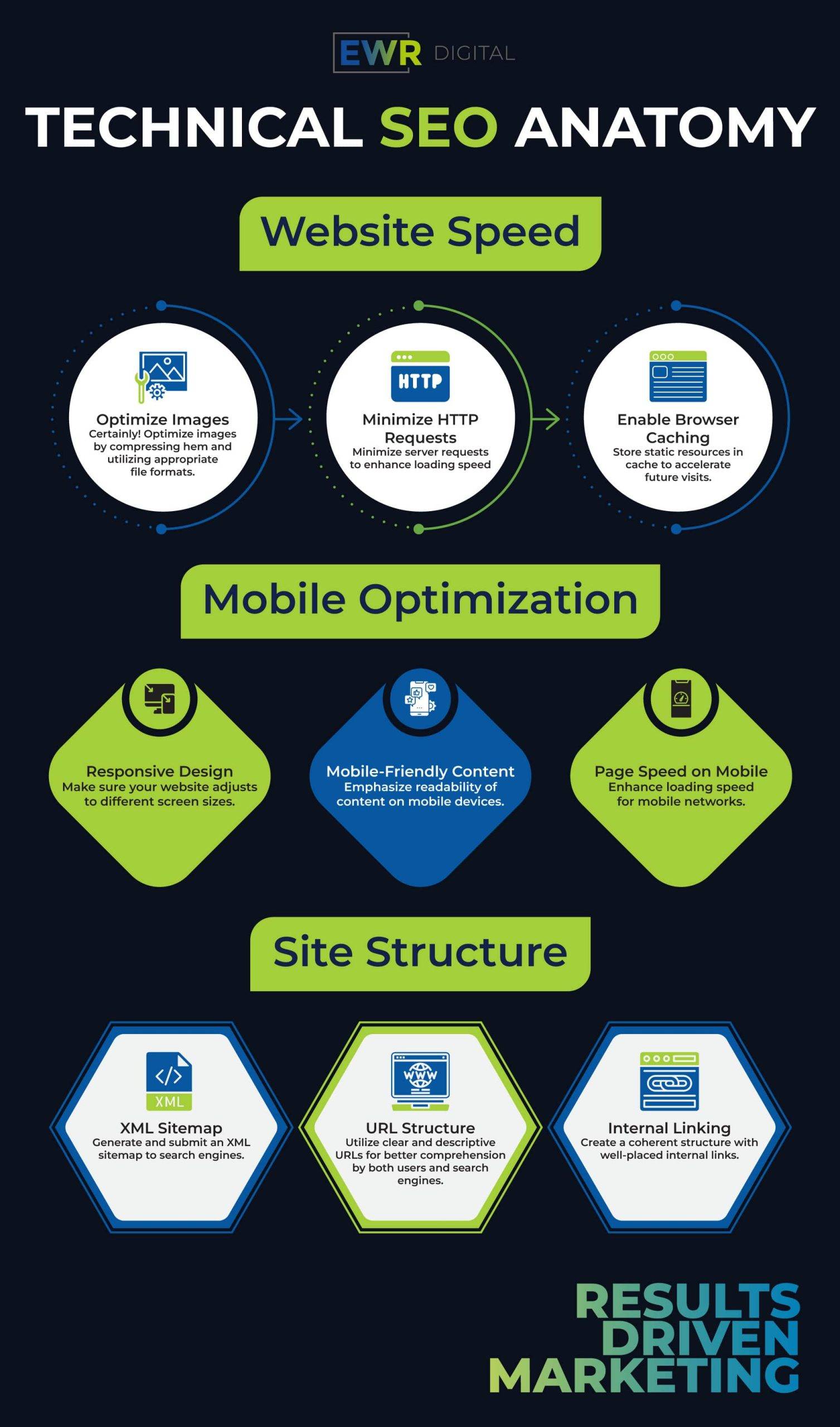
Importance of Technical SEO
The amount a business could potentially lose if their site is not optimized for search engines can vary depending on several factors such as the type of business, the level of competition in the industry, the search engine ranking of competitors, and the business’s reliance on online traffic and sales.

Search Rankings
Firstly, technical SEO helps improve a website’s search engine rankings, which can lead to increased organic traffic and more potential customers. When a website is properly optimized for search engines, it is more likely to appear higher in search results when users search for relevant keywords or phrases. This means that potential customers are more likely to find and visit the website, increasing the chances of conversions and sales.

User Experience
Secondly, technical SEO can improve the user experience on a website, which is crucial for attracting and retaining customers. A well-optimized website that loads quickly, is mobile-friendly, and easy to navigate can help users find the information they need quickly and easily. This can lead to higher engagement rates, longer time spent on the website, and more repeat visits.
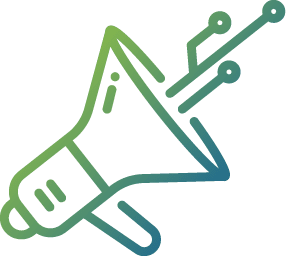
Stay Competitive
Lastly, technical SEO can help a business stay competitive in a crowded online marketplace. With millions of websites competing for attention, businesses that invest in technical SEO are more likely to stand out and attract potential customers. By regularly monitoring and optimizing technical SEO aspects, a business can maintain a strong online presence and stay ahead of the competition in search engine rankings and user experience.
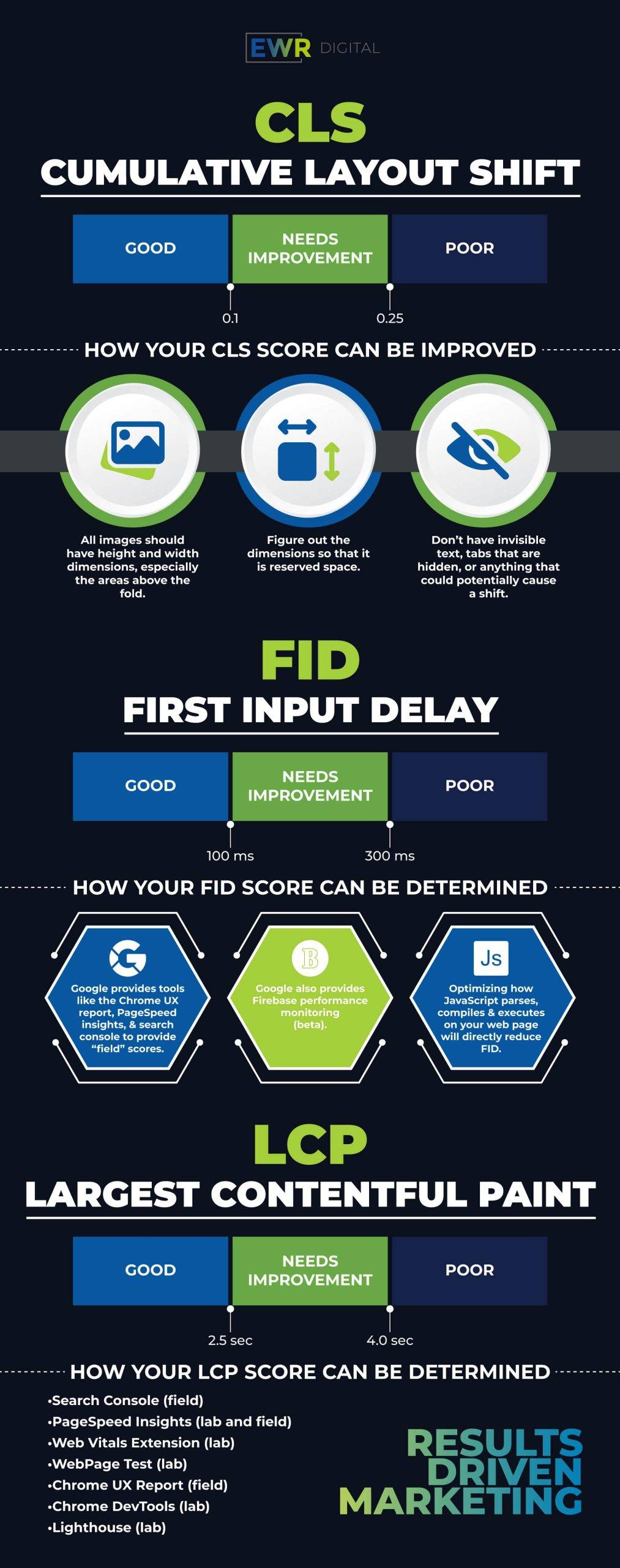
Our Techicial SEO Services Include:
Website Speed and Performance Optimization
Optimizing Website Architecture and Structure
Managing XML Sitemaps and Robots.txt Files
Canonical Tags and Duplicate Content Issues
Optimizing Images and Other Media
Implementing Security Protocols
Mobile-Friendly Website Design and Optimization
Schema Markup
Optimizing Website URLs, Meta Tags, and Headers
Managing Redirects and Broken Links
And more…


Schema Markup
Schema markup is a type of structured data that provides context to search engines about the content on a website. By using schema markup, website owners can provide additional information about their content, such as ratings, reviews, and other details, that can help search engines understand the content of the site and display it more prominently in search results. Schema markup is important for SEO because it can increase the visibility and click-through rate of a website in search engine results pages (SERPs). Techniques for implementing schema markup on a website include using microdata or JSON-LD to format the data. By implementing schema markup on a website, website owners can improve their website’s search engine visibility and provide a more informative and engaging user experience.
What Clients say about our SEO services
“We are page 1 for most search terms that are relevant to our industry. Our rankings are really impressive in both Houston and Austin.”
Contractors
Hestia Construction & Design
"I’m in the top 5 for all relevant keywords, and I give all the credit to EWR Digital."
Legal
David Hunter Law Firm
“Once we got to the 1st page of Google we had an influx of leads. This is going to be the best year we’ve had.”
Roofing
Guardian Roofing
Mobile-Friendly Website Design and Optimization
Mobile-friendly website design and optimization have become increasingly important in today’s digital landscape. With more and more users accessing the web on mobile devices, having a mobile-friendly website is essential for both search engine optimization (SEO) and user experience. A mobile-friendly website can help improve your website’s visibility in search engine results pages (SERPs), as search engines now prioritize mobile-friendly websites in their algorithms. Additionally, a mobile-friendly website can improve user engagement and decrease bounce rates, as mobile users are more likely to stay on a website that is easy to navigate on their device. Techniques for optimizing a website for mobile devices include responsive design, mobile-first indexing, and AMP (Accelerated Mobile Pages). Responsive design ensures that a website can adapt to any device, while mobile-first indexing prioritizes mobile content over desktop content. AMP, on the other hand, is a technology that helps create fast-loading mobile pages for better user experience. By implementing these techniques, website owners can ensure their website is optimized for mobile devices, providing a better user experience and improving their SEO efforts.
Optimizing Website URLs, Meta Tags, and Headers
Optimizing website URLs, meta tags, and headers is an essential aspect of search engine optimization (SEO). A website’s URL structure, meta tags, and headers can provide valuable information to search engines about the content of the site and improve its visibility in search engine results pages (SERPs). For example, incorporating relevant keywords into URL structures and meta tags can help search engines understand the content of the site and improve its rankings. Techniques for optimizing website URLs, meta tags, and headers include using descriptive and keyword-rich URLs, writing compelling title tags and meta descriptions, and properly formatting headers using H1, H2, and H3 tags. By optimizing website URLs, meta tags, and headers, website owners can improve the visibility and relevance of their site in search engine results, ultimately leading to more traffic and conversions.
“Podcasting converts 25x more visitors to leads than blogging.”
Managing Redirects and Broken Links
Managing redirects and broken links is an important aspect of search engine optimization (SEO) that can help improve a website’s performance in search engine results pages (SERPs). Redirects are useful for redirecting traffic from one page to another, while broken links can negatively impact user experience and lead to decreased traffic and rankings. Techniques for managing redirects and broken links include using 301 redirects to redirect traffic to the appropriate page, regularly checking for and fixing broken links, and using tools such as Google Search Console to identify and manage redirects and broken links. By properly managing redirects and broken links, website owners can ensure that users and search engines can easily navigate their site and avoid issues that can negatively impact their search engine visibility and rankings.
Implementing Security Protocols
Implementing security protocols such as HTTPS and SSL is crucial for both search engine optimization (SEO) and user experience. Security protocols provide a secure connection between the website and the user’s browser, protecting sensitive information from interception and unauthorized access. Websites that use HTTPS and SSL are viewed as more trustworthy by search engines and users, which can positively impact search engine rankings and user engagement. Techniques for implementing security protocols on a website include obtaining an SSL certificate from a trusted certificate authority, configuring the website to use HTTPS, and ensuring that all internal links and resources are also served over HTTPS. By implementing security protocols, website owners can improve the security and trustworthiness of their site, ultimately leading to improved search engine visibility and user experience.
Website Audit and Analysis
A website audit and analysis is a comprehensive examination of a website’s technical SEO health. During the process, the site is analyzed for any technical issues that could negatively impact its search engine ranking and overall user experience. Through a website audit, issues such as broken links, duplicate content, slow page speed, and other technical issues can be identified and addressed. The analysis provides valuable insights into the site’s strengths and weaknesses, which can be used to inform future SEO strategies. By conducting a website audit and analysis, businesses can improve their site’s technical SEO, CRO, and UX as well as enhance their overall online presence.

Unlock Your Website’s Full Potential with Technical SEO Services
Schedule a Free SEO Consultation Today!
Reporting and Analysis
Reporting and analysis is a critical component of any successful SEO strategy. The reporting and analysis process involves collecting data from various sources, such as website analytics and search engine ranking tools, and analyzing it to gain insights into website performance and user behavior. The data provided in reports can include information about website traffic, user engagement, keyword rankings, and more. By analyzing this data, website owners and SEO professionals can identify areas of opportunity for improvement and develop informed strategies to increase website visibility and traffic. Successful SEO strategies informed by data analysis can include targeting high-value keywords, optimizing website content and structure, and improving user experience. With regular reporting and analysis, website owners can continually refine and improve their SEO strategies to achieve long-term success.
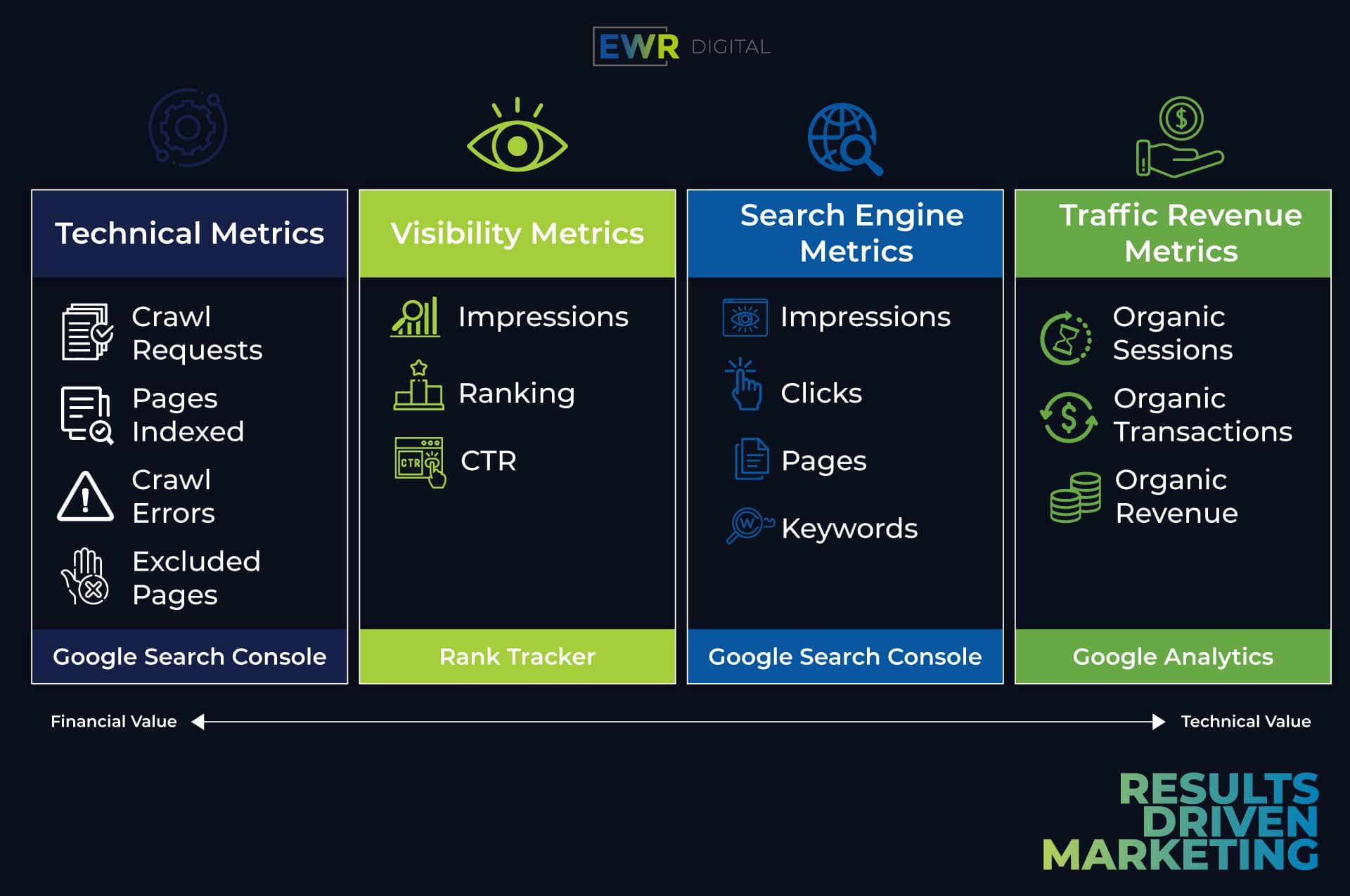



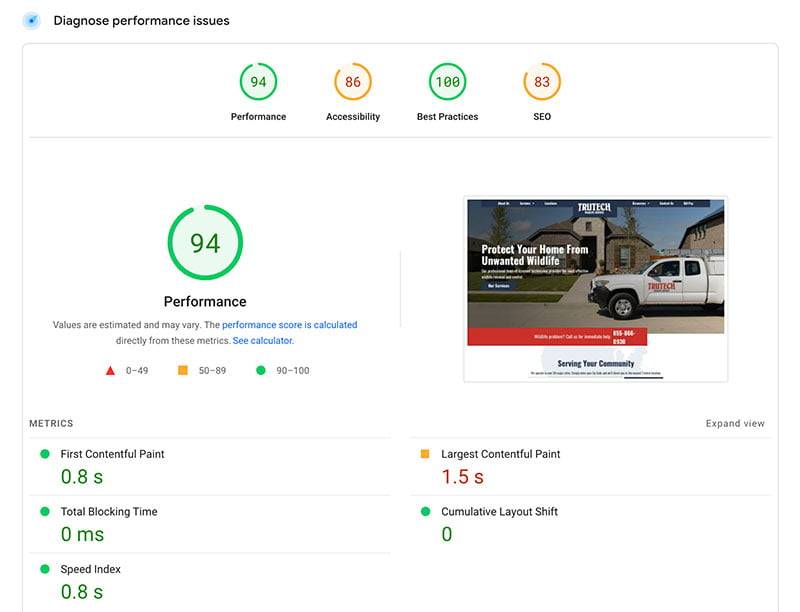
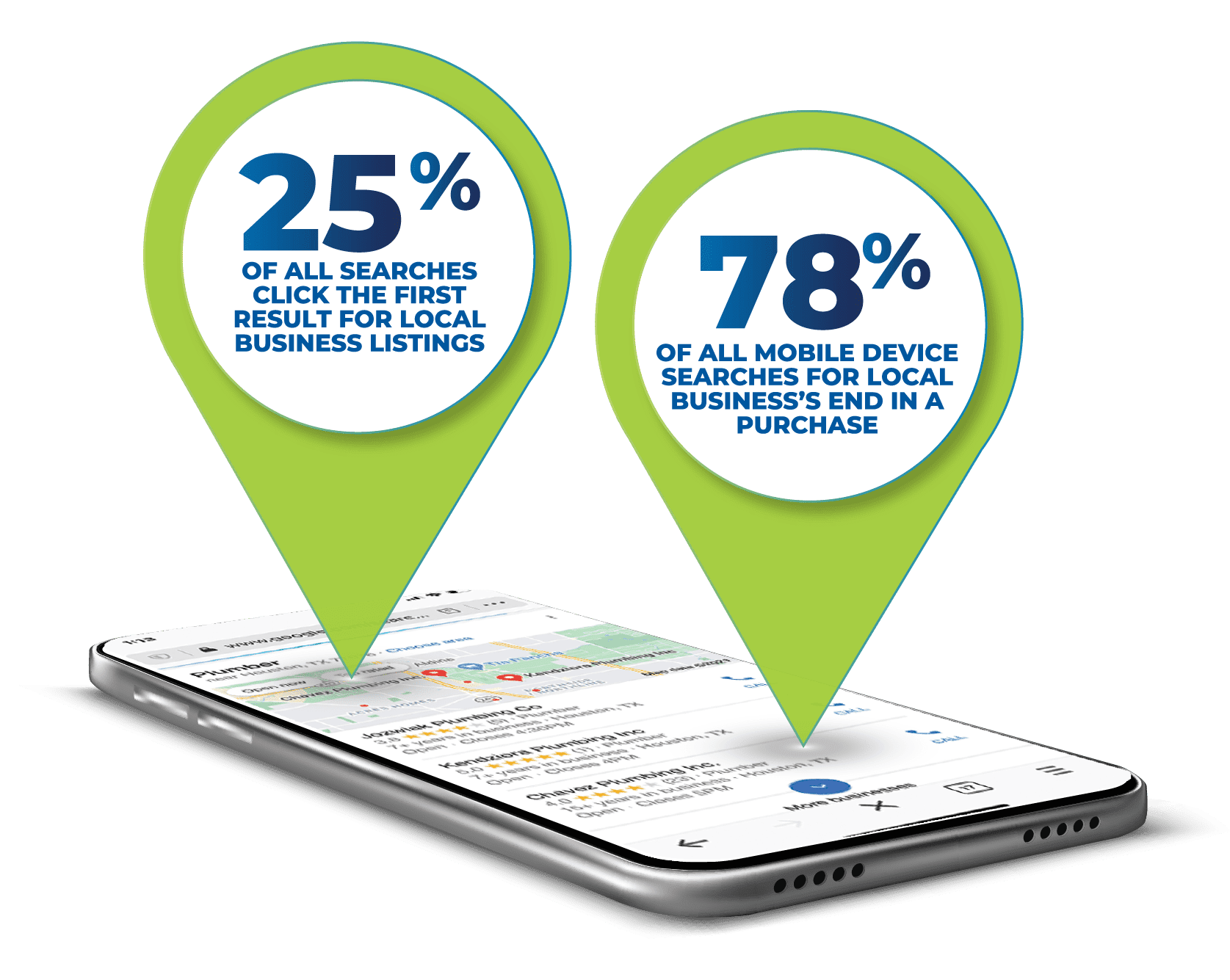






Optimizing Website Architecture and Structure
Optimizing website architecture and structure is an important aspect of search engine optimization (SEO). A website’s architecture and structure determine how easy it is for search engines to crawl and index the website, as well as how users navigate the site. A well-organized website architecture and structure can improve user experience and lead to higher engagement and conversions. Techniques for optimizing website architecture and structure include establishing a clear site hierarchy, using descriptive and keyword-rich URLs, and incorporating internal linking throughout the site. By improving website architecture and structure, website owners can enhance their SEO efforts and help search engines understand the content and purpose of their site, ultimately leading to higher rankings and more traffic.